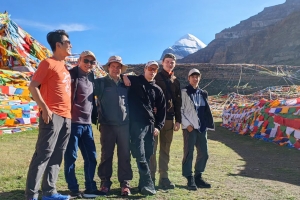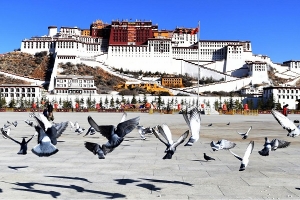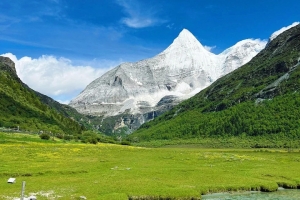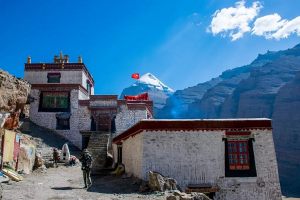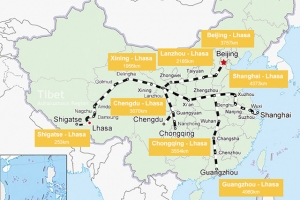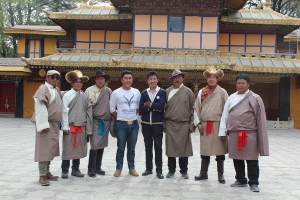In the vast grasslands of the Ili River Valley in Xinjiang lies a hidden gem—Tekes Bagua City. It’s not an ancient relic from a history book, nor is it a bustling modern metropolis. Yet it has gained fame as the only city in the world built entirely based on the Bagua (Eight Trigrams) diagram from the ancient Chinese classic I Ching (Book of Changes).
Even more astonishing: this city operates without a single traffic light, and still maintains smooth traffic flow and impeccable order.
So, how does a city without traffic lights actually function? Let’s find out.
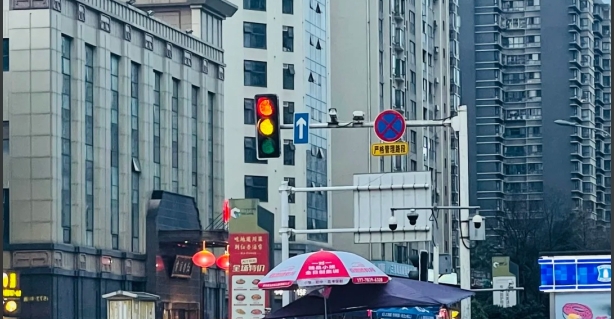
What is a “Bagua City”?
A “Bagua City” refers to an urban layout designed based on the Bagua diagram from I Ching. At the heart of Tekes County, eight radial avenues extend outward from a central circular plaza, connected by three concentric ring roads. This forms a pattern symbolizing “round heaven and square earth,” representing unity between man and nature.
This structure is a real-life manifestation of ancient Chinese philosophy and geomancy—often referred to as a “walkable Bagua diagram.”
Why Are There No Traffic Lights?
1. Bagua Structure Naturally Prevents Congestion
Unlike typical grid cities with “cross” intersections, Tekes uses radial and circular intersections, which naturally reduce direct collisions. Vehicles merge gently and navigate roundabouts rather than making sharp turns or stops.
This self-guided traffic flow greatly reduces the need for traffic signals.
2. Moderate Traffic Volume, Relaxed Pace
Tekes County has fewer than 100,000 residents and a low number of vehicles. There are no large business districts or rush hour congestion. The city’s slower pace and low density make traffic lights unnecessary.
3. Central Plaza Coordinates Traffic
At the center of the city is the Bagua Plaza, where all major roads converge. It functions as a large traffic circle, where vehicles move clockwise or counterclockwise to reach their destinations—no red lights needed.
4. Strong Local Culture of Courtesy
In the absence of traffic lights, drivers in Tekes have developed a strong sense of mutual respect and courtesy. Combined with efficient traffic police and public cooperation, the city enjoys a kind of self-managed traffic order.
Won’t You Get Lost in a Bagua City?
Interestingly, many first-time visitors do get lost in Tekes. The eight main roads are symmetrical, and many intersections and streets look nearly identical. It’s easy to end up where you started. But this confusion adds to the charm—every turn becomes a cultural encounter.
You can even navigate the city with a compass, using the names of streets based on the Eight Trigrams (Qian, Kun, Zhen, Xun, etc.). Walking here feels like stepping into a real-life labyrinth of philosophy and design.

Xinjiang Tekes Bagua City
More Than a City—A Cultural Symbol
Tekes Bagua City is not only a marvel of urban planning; it is a living fusion of traditional Chinese philosophy and modern city design.
Throughout the city, you’ll find Bagua symbols, I Ching elements, ethnic sculptures, and cultural motifs. Every step reveals deeper layers of meaning.
Travel Tips
- Top Photo Spots: Central Bagua Plaza, hillside viewpoints for aerial shots, Bagua Culture Museum
- Local Delicacies: Hand-pulled lamb rice (shou zhua fan), baked buns, yogurt, naan bread
- Best Travel Time: May to October — enjoy blooming grasslands in summer, pleasant climate in fall
- Getting There: Best accessed by self-driving or private car; ideal for pairing with nearby destinations like Yili Grasslands, Kalajun, and Nalati
A city without traffic lights isn’t powered by technology alone—it relies on ingenious design and mutual understanding.Tekes Bagua City is a modern expression of ancient Chinese wisdom, and an eye-opening travel experience.
If you’re tired of the concrete jungle, come here and walk through a living Bagua diagram—step by step, turn by turn.

